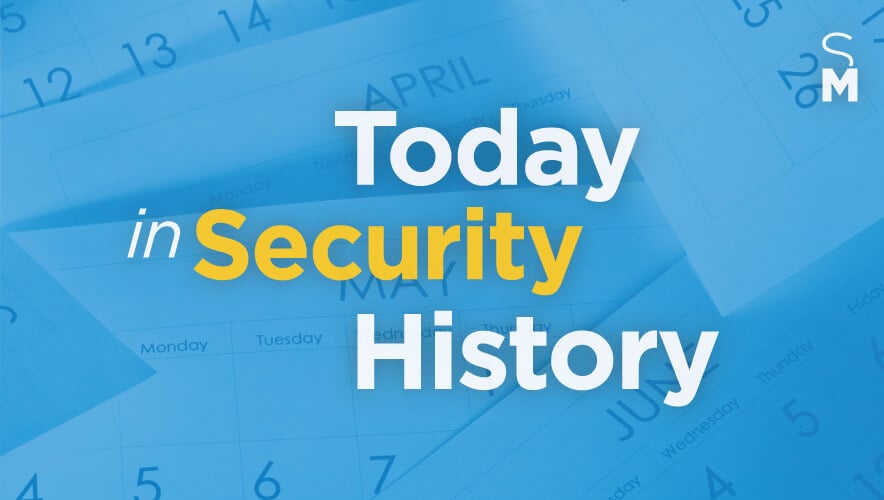Today in Security History: From MI-8 to the Black Chamber
Before and during World War I, British Intelligence had long been a formal organization, but the United States had never formalized a dedicated organization specifically for intelligence. As the United States entered the war, President Woodrow Wilson, who was opposed to espionage in general, realized it was necessary and developed a working relationship with Great Britain to build intelligence programs with the United States.
The driving factor was due to intelligence gathered by the British, who alerted President Wilson to the fact the Germans were infiltrating businesses, financial institutions, and government agencies. The British decrypted and shared the Zimmermann Telegram, which not only confirmed this information but revealed Germany's attempts to bring Mexico in as an ally in exchange for the southwestern U.S. states as spoils of war. This and other intelligence shared by British Intelligence provoked President Wilson enough to urge a declaration of war.
So, on 10 June 1917, the first U.S. signals intelligence agency was formed and dubbed MI-8 (a British label). Their mission: to decode military communications and create codes for the U.S. military to use. During the war, MI-8 cracked many codes, created more, and their chemists developed ways to read enemy correspondence containing invisible inks—including those leading to the capture of German spies Maria de Victorica (a.k.a. Baroness Maria von Kretschamn and Marie de Vussiere) and Lothar Witzke (the only German condemned to death in the United States during WWI). By the end of the war, MI-8 had evolved into one of the best cryptologic services in the world.
MI-8 was transferred to the U.S. State Department and re-named “Black Chamber,” decrypting diplomatic traffic. This was the very first peacetime intelligence organization in United States history. The unit’s former commander, codebreaker Herbert O. Yardley, became their director at State. Between 1917 and 1929, more than 45,000 encoded telegrams from 19 nations were broken. The Black Chamber was then transferred to the military under the Army Signal Corps Cryptography Department under the direction of famed codebreaker William Friedman.
Learn more about the history of intelligence in The Code Breakers: The Comprehensive History of Secret Communication from Ancient Times to the Internet by David Kahn or The American Black Chamber by Herbert O. Yardley.
Terry V. Culver, CPP, CMAS (Certified Master Anti-Terrorism Specialist), is a security program specialist for Georgia Tech Research Institute. She has more than 25 years of experience in defense and industry security management.
